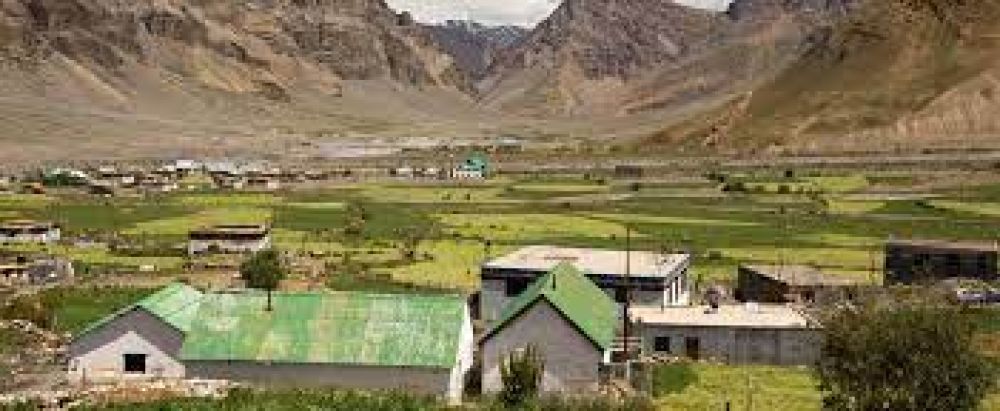

Losar Village is situated at the confluence of the Losar and Peeno streams, marking the beginning of the Spiti valley in Himachal Pradesh, India. This quaint village is known for its picturesque landscapes, vibrant culture, and tranquil surroundings, making it an ideal destination for travelers looking to escape the hustle and bustle of city life.
Tourism in Losar Village has a relatively recent history compared to other more established destinations in Himachal Pradesh. As part of the Spiti Valley, Losar was once a remote and inaccessible place for a majority of the year due to heavy snowfall and adverse weather conditions. However, improvements in road connectivity and increasing interest in offbeat travel destinations have brought Losar Village to the attention of adventure enthusiasts and cultural explorers.
In the past, only the most daring travelers, mountaineers, and explorers would venture into the Spiti Valley due to its harsh terrain and lack of facilities. Over time, as word of mouth spread about its pristine beauty and unique culture, more tourists started to include Losar Village in their itinerary. With the establishment of homestays and guesthouses by the hospitable locals, tourism started to flourish, providing a sustainable source of income for the residents.
The culture of Losar Village is deeply rooted in Buddhism, with many ancient monasteries dotting the landscape. Visitors to Losar are often struck by the vibrant prayer flags, the sound of chanting from local monasteries, and the series of traditional festivals, of which the most prominent is the Losar festival, marking the Tibetan New Year. This festival is a showcase of the artistic and spiritual heritage of the region, attracting both domestic and international tourists.
In recent years, sustainable and responsible tourism has become a growing trend in Losar Village. Tour operators and local authorities are emphasizing the importance of preserving the natural and cultural environment of Spiti Valley. Ecotourism initiatives are being promoted to ensure that tourism development does not come at the expense of natural resources and local traditions.
Another trend is the rise of experiential travel, where visitors are looking for immersive experiences rather than traditional sightseeing tours. Homestays have become particularly popular, offering guests a chance to live with local families and participate in their daily activities, such as farming, cooking, and traditional crafts.
Motorbiking and cycling tours are attracting adventure seekers looking to tackle the challenging terrain of the region, while photographers and nature enthusiasts are drawn to Losar for its unparalleled scenic beauty and diverse wildlife.
Those planning to visit Losar Village should be mindful of the high altitude and prepare accordingly for altitude sickness. The best time to visit is during the summer months, from June to September, when the roads are clear, and the weather is pleasant. It is advised to carry sufficient cash, as ATM services can be unreliable in these remote regions.
Losar Village may not have the convenience of big-city luxuries, but what it lacks in amenities, it more than makes up for with its untouched natural beauty, warmth of its people, and the serenity that pervades its atmosphere. A visit to Losar is a journey back in time, enabling one to experience life at a more contemplative and unhurried pace.
As tourism continues to evolve in Losar Village, both visitors and residents alike are becoming increasingly committed to preserving this unique corner of the world for future generations.